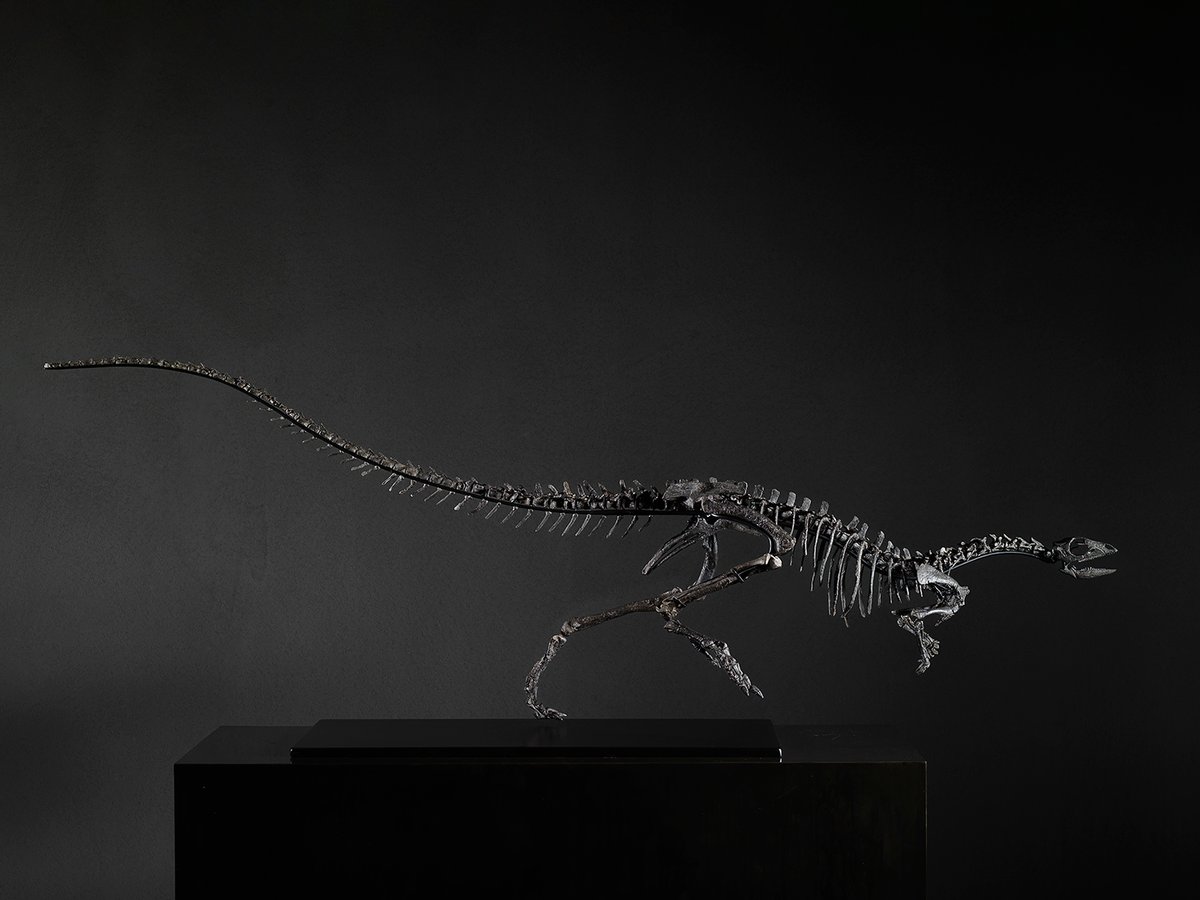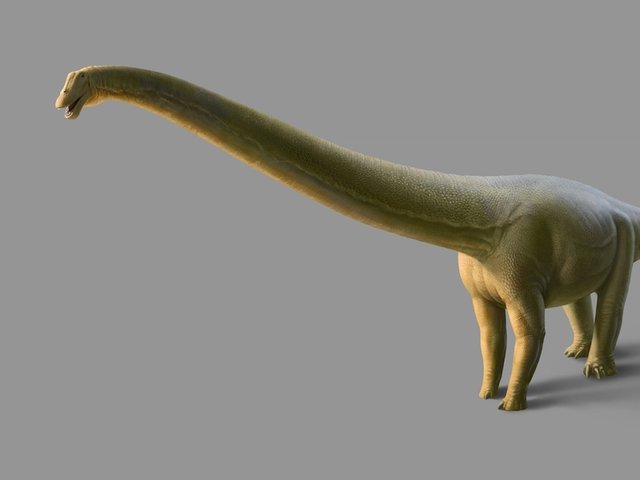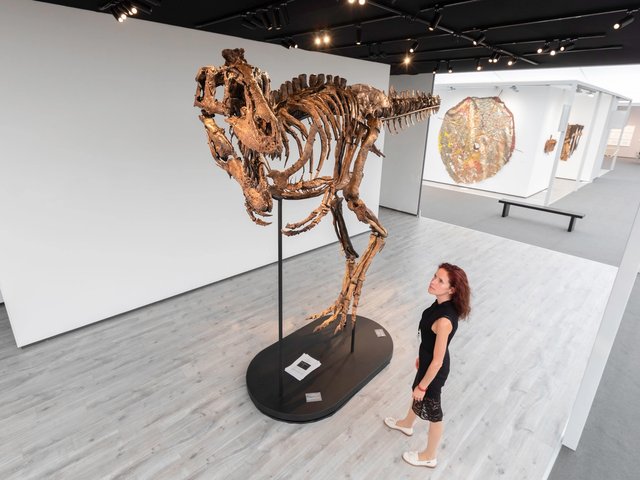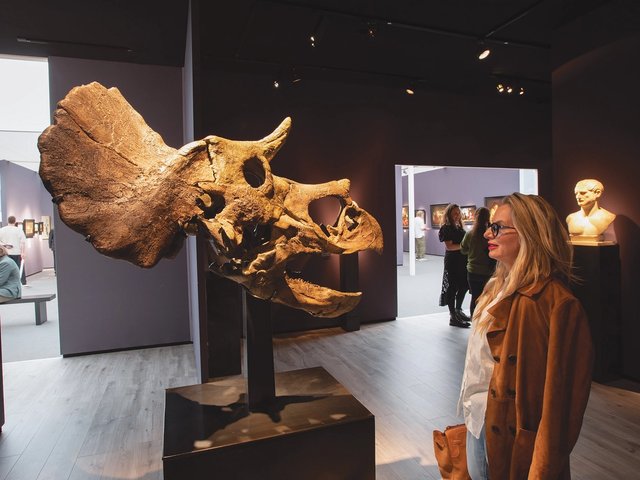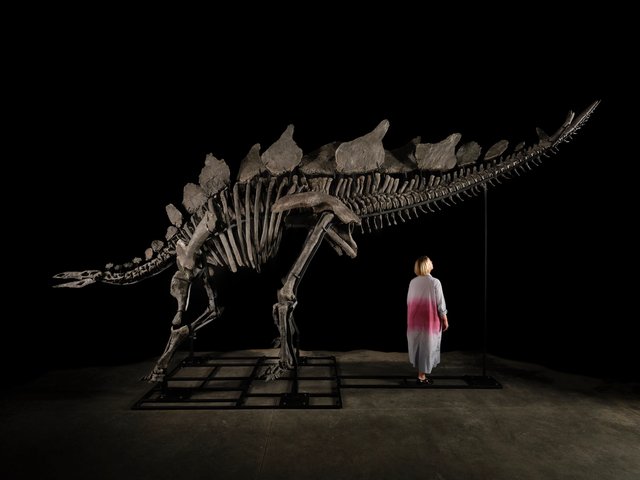The gallery David Aaron has brokered a deal between one of its top American art collecting couples—who are based in the UK—and London’s Natural History Museum to acquire the skeleton of an entirely new species of dinosaur. Valued at £450,000 when it was shown at Frieze Masters in London in 2023, the specimen was donated to the NHM and was unveiled there last month.
Though not a new phenomenon, such collaborations between the trade and museums are unusual, according to the gallery’s director Salomon Aaron. “I set out to find a private buyer to acquire it for the museum,” he says. “It’s the ideal scenario. Often it doesn’t work, but in this instance it was a success story—harnessing the art market to help a museum.” The donation is permanent and the skeleton is now on long-term view.
When David Aaron gallery first acquired the fossil, which was excavated in 2021-22 on the Skull Creek site in Moffat County, Colorado, it was thought the specimen was a Nanosaurus, considered one of the smallest dinosaurs of the Jurassic period.
Subsequent research carried out by the NHM has revealed it as a new species, named the Enigmacursor (“enigmatic runner”). Aaron says he first approached the museum about possibly acquiring the fossil several years ago. “They were very interested and wanted to research it, so I placed it on long-term reserve,” he explains.
The gallery then took the dinosaur to Frieze Masters. “We were very fortunate that an existing client, who is a very generous philanthropist, decided to acquire it for the museum,” Aaron adds. The name of the donor remains anonymous, but Aaron says this is the very first dinosaur fossil the couple has acquired. The final sale price has not been disclosed, but is understood to be close to the £450,000 listed price.
Until now, the collectors have focused on art. “We are hoping to create patrons of the sciences,” Aaron says. “You go to an art museum and the walls are lined with names, which is not the case for the natural history or science museums across the country.”
He says a younger generation who often work in tech or the sciences are fast emerging as the new collectors of dinosaur and other fossils. Interest is also coming from collectors who buy across other categories.
“The last dinosaur fossil I sold privately was to a contemporary art collector, who collects starkly contemporary pieces,” Aaron says. “And now he has a dinosaur in his living room, and it looks great. I can guarantee you he gets a lot more questions about his dinosaur fossils than his contemporary art.”


